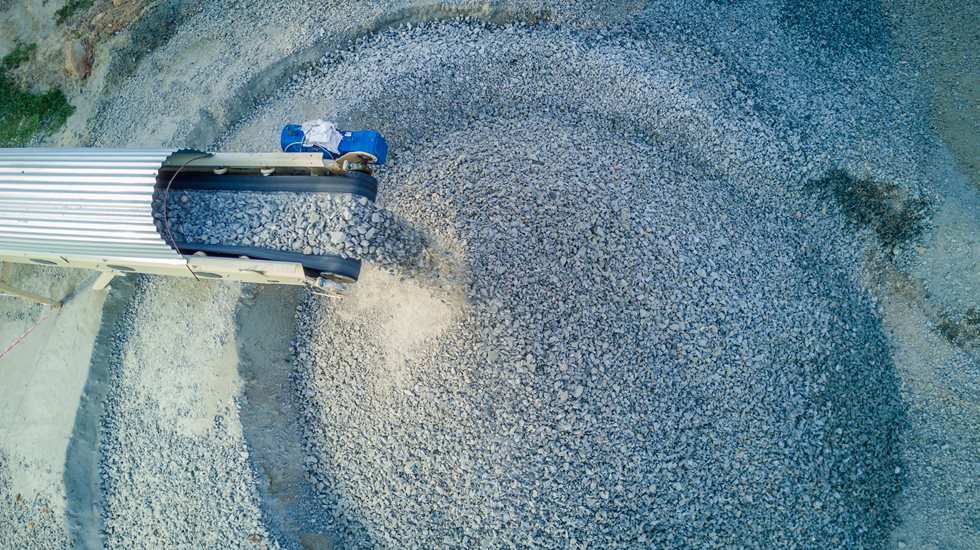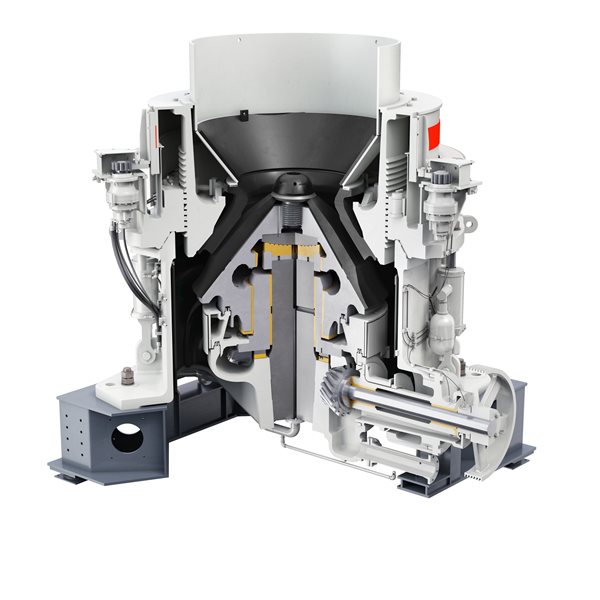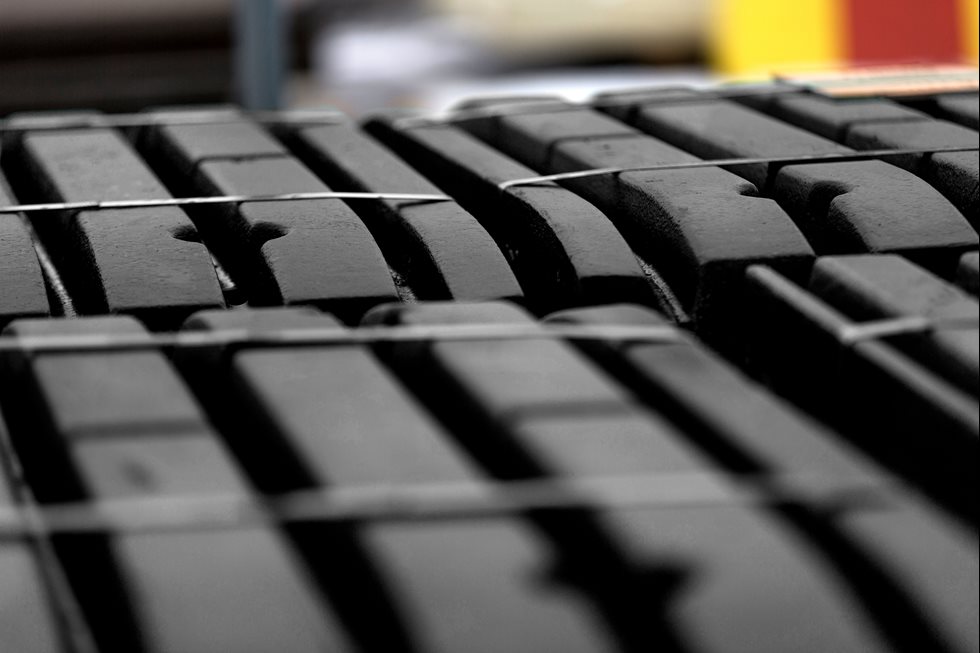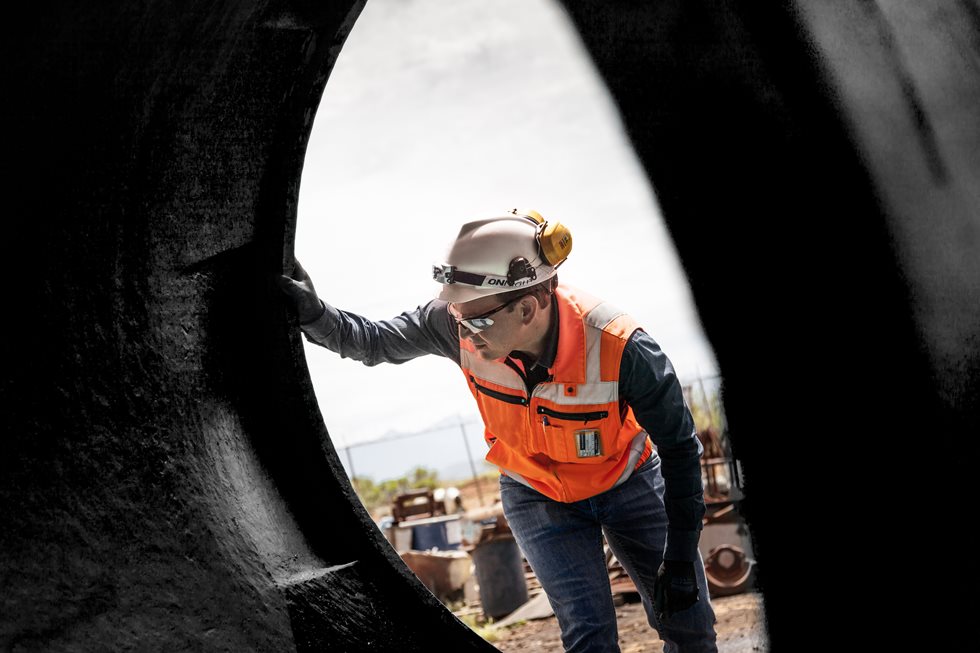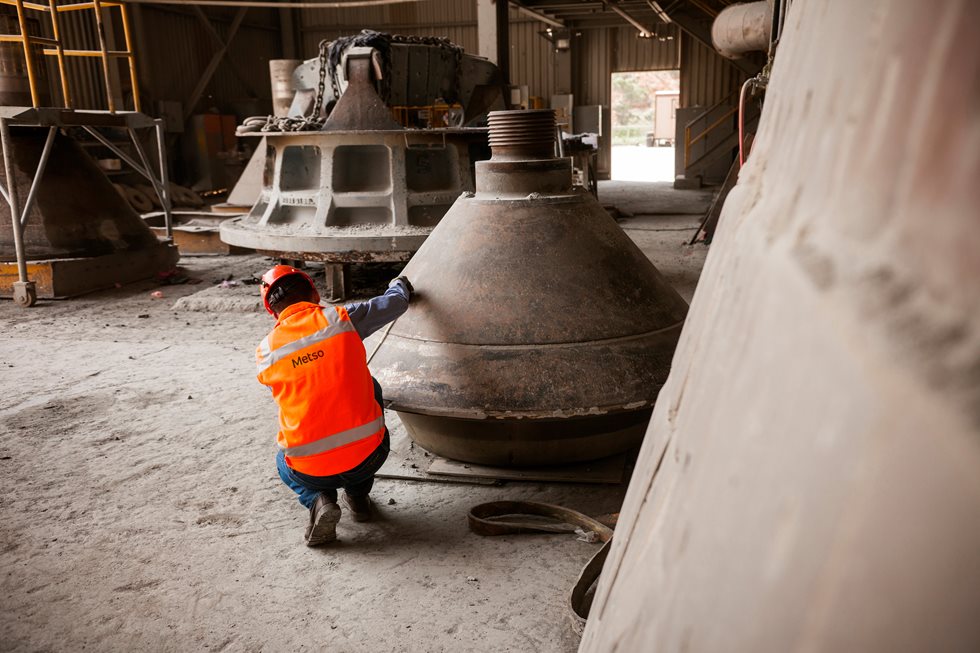Finding the maintenance edge
Choosing the right crushing technology, machine and liners are all important steps to take. However, every business wants its crushing equipment to have the longest life possible and this can be a real challenge when operating under harsh conditions. There are several ways to further extend lifetime, maximize performance and achieve a reduction in overall crushing costs through proper maintenance.
As part of a regular maintenance program, it is recommended to keep a constant eye on the crusher’s performance through regular inspections. These should include checking the condition and cleanliness of the hydraulic power units, hydraulic oil tank levels, oil temperatures, cooling fans and oil pressure levels, crusher noise levels, bearing temperatures, crusher vibrations, feed distribution, feed level and electric power draw amongst others.
Customers often find it valuable to get more thorough and specialized inspections at pre-set intervals, such as the 1000 hr operating mark. These inspections often include a review of key wear components and additional verification of critical spare components. Wear replacement inspections are useful to have and involve an inspection of the heads and bowls or concaves and mantle, as well as other components such as bushings, eccentrics, MPS and pitmans, depending on the crusher being inspected.
At an operational level, another often overlooked good practice is the assessment of the size of the rocks entering the feed. Oversized feed could lead to blockages in the crusher cavity which can cause bottlenecks to the entire process and result in unplanned downtime. There are different ways of addressing this issue, but the solution often lies in making improvements to the current drill and blast program.
Ensuring smooth, safe and successful shutdowns
It is essential that shutdowns come in on-time, on-budget and with minimal downtime. A good shutdown optimization program covers all elements of a shutdown, from start to finish. This includes a site evaluation and shutdown planning, as well as the actual execution of the shutdown.
Shutdown optimization typically begins with experts observing and analyzing the crusher relining process and coming up with improvements related to factors such as preparation analysis, concave replacement method (best practices), tooling, training, and safety. A more involved but highly effective time and motion study, often called a single minute exchange of dies (SMED) analysis involves capturing all the actions taken during a shutdown on video, documenting the tasks from start to finish, and creating a timeline with thousands of image and data points for analysis.
Expert support can then make recommendations to help improve the overall workflow and execution of the shutdown event, including removing non-critical tasks and idle periods, introducing better planning and coordination, and determining the optimal sequence of steps.
In a Chilean mine, for example, one time and motion study helped to reduce shutdown time from 100 to just 56 hours. Similar results were achieved in Finland, where mantle replacement times were cut in half, and the duration of a full reline was similarly shortened.


